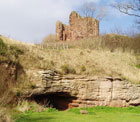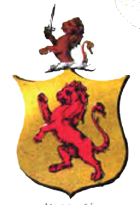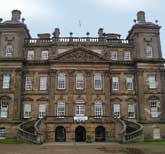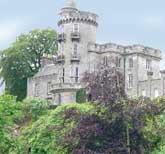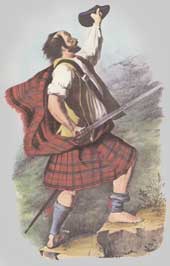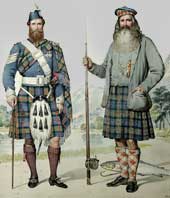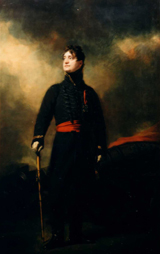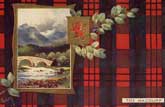 |
||
 |
||
MacDuff ClanDeus juvat |
||||||
|
Clan MacDuff information
|
||||||
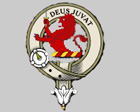 |
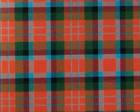 |
 |
||||
|
Clan crest badge |
MacDuff Castle |
MacDuff tartan |
Clan Location |
|||
Clan HistoryThe origins of the MacDuff name seem to come from King Dub who died in 966. He was the ruling King of Alba which was, more or less Scotland - without the north and west and down as far as Edinburgh. I maybe digress just a bit, but am trying to set the stage. There was a lot of coming and goings of "royalty" and the new "kings" were all eager to display their right to wear the crown also like in politics today where there are a lot of party changes there is a need for an independant group (civil servants) who are non-political and have the knowledge of how the country was run under the previous regime. Throughout this period the MacDuib or MacDuff name comes to the fore. As witnesses to agreements and eventually as the people who placed the crown on the Kings head, which gave it an "official" appearance. This elevated their position to the second family in the land. They were consulted on traditions and laws and became Justiciarus Scotie the Crown's legal team and Mormaer second ruler under the King. In 1095 Constantinus filius Magduffe gave his signature of authority on a charter indicating a hereditary position bestowed on the MacDuff name in recognition of their blood line and power. The title Earl of Fife was awarded to the Mormaer who was also normally head of the Clan. Gillemichael MacDuff, the 3rd Earl of Fife, had a grandson Michael who started the branch of the Wemyss family of MacDuff. To avoid confusion there is a town and a village in Scotland both named MacDuff. They are both named after the MacDuff's. The town is in Banffshire and the other is in Fife. Early castles of the Duff's are today mostly seen only as ruins. The Thanes of Fife, (same as Earl only earlier) were given land by the King, Malcolm Canmore, in the mid 11th century. They were commissioned to build strongholds for defence and Dunamarle Castle at Culross near Dunfermline and Macduff Castle at Macduff near Leven were the results. Dunamarle Castle as it is known today is really an 18th century mansion built to the left of the old ruin. It has evolved into the splendid "castle" and gardens seen above. In the late 19th century the owner, a Mrs Sharpe-Erskine, was an avid collector of art the house was opened up as an art gallery and museum. The art collection, now under the care of the National Galleries of Scotland, have been transferred to Duff House where they can be viewed. In the 15th century the area around the old castle was mined for coal which made the area unstable and had helped the demise of the old castle. MacDuff Castle is situated at MacDuff between Kirkcaldy and Leven overlooking the coast. My gran lived lived in a house overlooking the castle which was one of my playgrounds when I was small. Unfortunately the ruin is now quite unstable with the remains of one tower still standing. The other tower was pulled down by the army in the seventies for safety reasons. Located behind the cemetery it is a nice area for an "explore" with the caves below. Duff House was built in 1740. It was built by William Duff who was the Member of Parliament for Banff. In 1759 he was made Earl of Fife and bestowed with the new title of Viscount MacDuff. It is a " treasure house and cultural arts centre operated by a unique partnership of Historic Scotland, the National Galleries of Scotland and Aberdeenshire Council". A "5 star visitor attraction" near MacDuff in Banffshire. In modern times the titles Earl of MacDuff and his Grace The Duke of Fife have passed on through marriage to James Carnegie. As he is clan chief of the Carnegie clan and still carries the name Carnegie he is not entitled to be chief of the MacDuff's. When the bloodline of the clan chief failed the chieftainship passed to the Wemyss branch but again as their family name was changed to Charteris as a means of reclaiming lands seized after Culloden, when the Wemyss name was proscribed, they cannot assume the position. There is still a lot of conjecture about this. 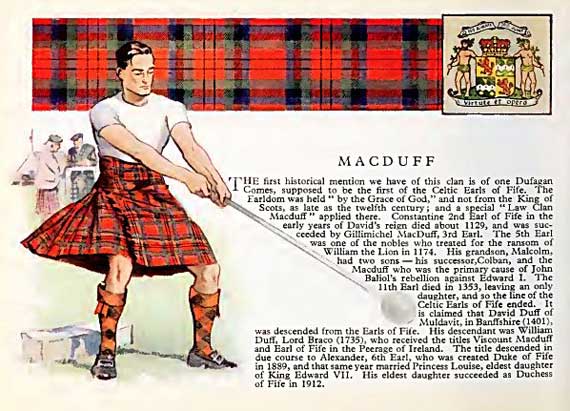 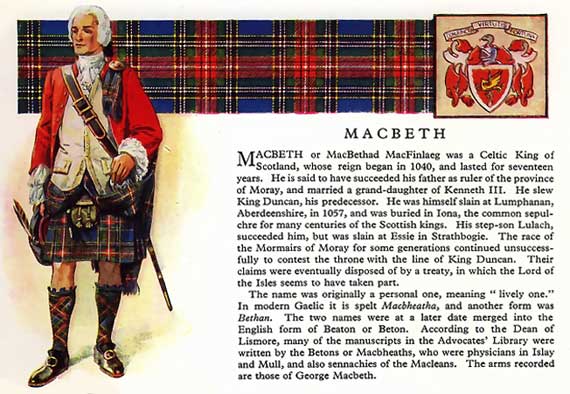 |
||||||
